Alex Newson brings the makers to the London Design Museum
Published 7 April 2017 by Elsa Ferreira
“Designer Maker User”, the exhibition of the new Design Museum, tells the story of manufactured production, from the pre-industrial era to the era of digital crafts. Interview of its curator Alex Newson.
From our correspondent in London (text and photos)
At the London Design Museum, reopened on November 24, 2016, having moved to the former Commonwealth Institute, the “Maker” took up residence driven by the curator Alex Newson. The new design museum plans to welcome more than 500,000 visitors per annum and places makers in the center of their fellow designers and users with its permanent exhibition Designer Maker User, where 3D printers and Kano computers in kits mingle with the first Apples and Vespas.
“The digital world doesn’t just have a huge impact on traditional means of production, explains the curator of the exhibition. Its impact can also be seen in all these digital platforms of cooperative fabrication, participative production, crowdfunding, open source design, creative commons… There are so many aspects to digital that aren’t just printed in 3D and instant manufacturing.” Interview.

It’s not easy to find a definition of the “maker”. Who is he for you?
We wanted to point out that the “maker” had changed and developed. Many years ago there were very distinct and separate roles: the designer designed, the user used and the maker produced things and there were limited interactions between the three of them. That relationship changed. With digital technologies, the boundaries between these different groups were stripped away and a single person can become all three. You can be a designer, a user and a maker.
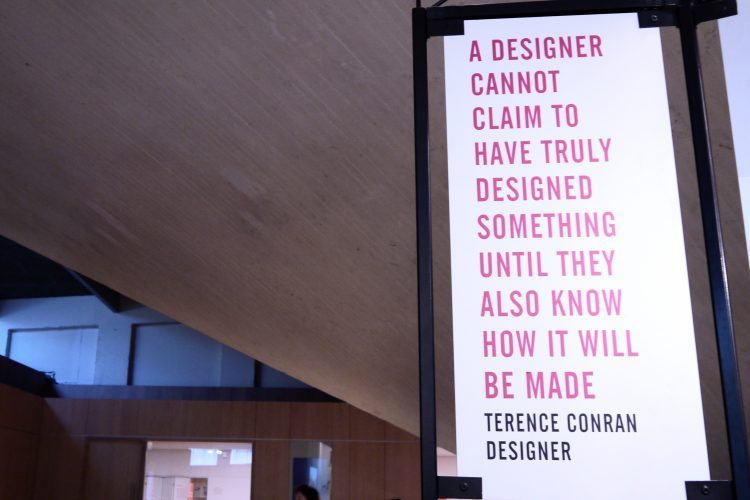
One talks about 3D printing as the third industrial revolution. Is this what you felt while preparing the exhibition?
The third industrial revolution is an ancient term, that I believe is outdated. The true message we wanted to relay in this “making” section was that there are three distinct stories: pre-industrial, industrial and post-industrial manufacturing—or handmade, machine made and made by robots.
In the pre-industrial manufacturing era, the craftsman’s investment in time and competences was huge. With the industrial revolution, the model was fractured. Rather than investing in the human, we invested in machine tools for an identical production that led us to the mass production we know.
Today, with what we call “digital crafts”, you have the best of both worlds. With 3D printing for example, you need to invest a little in the printer but it doesn’t generate mass-produced objects. All you need to do is enter new commands in the machine to obtain a unique product each time. Which gives you flexibility.
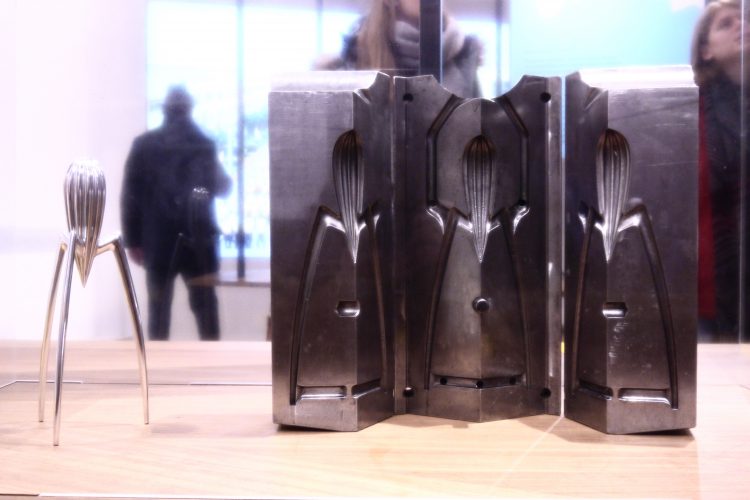
In 2013, the Design Museum already featured 3D printing with the exhibition “The Future is Here”. What difference with this new exhibition?
We wanted to primarily look at digital manufacturing and its impact. Obviously, additive manufacturing is a huge part of this story but we also looked at subtractive manufacturing, CNC and robotics, architecture and social manufacture. Everything that contributed to the changes in the production of our physical world. Not the Fablab in the MIT sense but an experimental desktop manufacturing studio. When I did my research, so many people I spoke to talked about how digital manufacturing was lowering the barrier to access. It was about allowing anyone to become a digital designer-maker. Since the idea was interesting, we thought “let’s test it”.
The museum team had no experience in terms of digital manufacturing. We gave them a couple days of very rough training at the fablab Manchester and we let them loose in the gallery. We gave them some software, a laser cutter, a couple of 3D printers, a vinyl cutter… All the most basic tools to handle. And we exhibited the things they’d made to show how they were able to grow into designer-makers throughout the course of the four months of the exhibition.
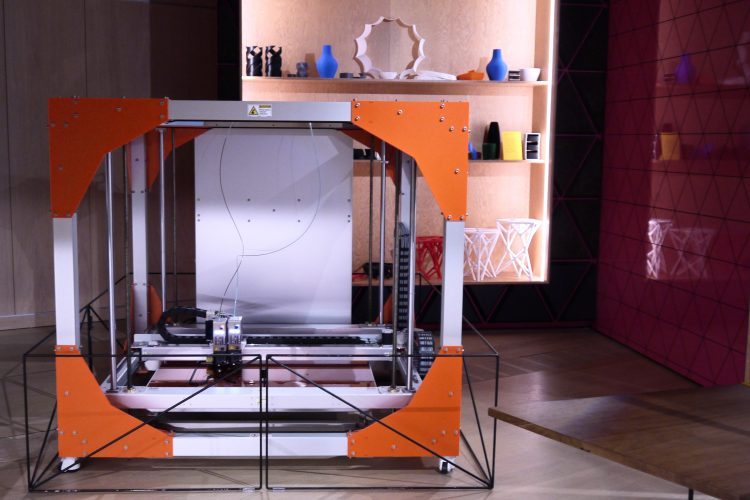
Today, you are exhibiting a big 3D printer. Who is doing the file design?
We are. It’s similar in the sense that we are learning to use this machine as we go along. At the moment we are just printing files from Thingiverse (3D file sharing platform, editor’s note) or that people have given us. It’s an exploration tool that we hope will be made available to our designers in residence. We may be able to commission some famous designers and why not sell their objects in stores. It’s something that we will explore.
Is there iconic work in 3D printing?
Maybe some of Ron Arad‘s early pieces in 2000. He was one of the first designer to use additive manufacturing and he produced a series called Bouncing Vase, which is one of the first example of design using 3D printing.
What’s interesting about this technology is it’s in constant evolution, it isn’t complete. Particularly because of the material. Until we find easy accessible ways to increase the type of material we can print with, I think we are going to have those limitations.
If you look at nylon or synthetic printing, all the objects have that texture and feel to them: you see they are very obviously printed parts. Except if you go through a huge amount of work in terms of post production (sand, finish, spraying…), but then you are going into such length that you are taking away the specificity of 3D printing: making instant and custom designed things and not needing post-production.
How do you make a quite niche topic accessible to the general public?
By deconstructing the industry terms. 3D printing has in itself an opaque terminology, that sounds cool but actually doesn’t help someone who has no idea what the technology is about. To call it additive layer manufacturing sounds a bit parched, but it is more explanatory of what is happening.
The large printer really helps. We also have a chair by Dirk Vander Kooij, a Dutch designer. He invented the process which he called “endless”, very low resolution continuous printing. He bought a robotic arm from a car plant in Korea and he reprogrammed it to print furniture and products. But it’s very thick, it comes almost like piping out toothpaste, even thicker. Seeing printing when it’s done on such a low resolution scale helps the visitors to understand.
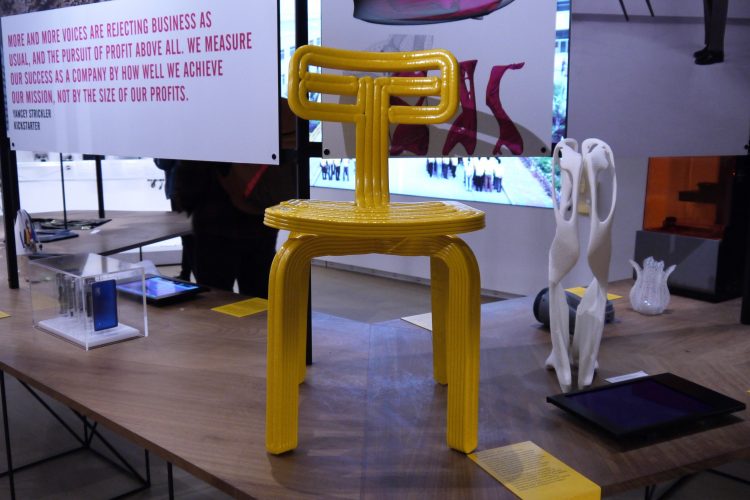
You raise the topic of crowdsourcing and crowdfunding, of open source and open design. “Open” is also the theme for the Museum residency. Are they familiar topics in design?
They are becoming more and more familiar even if it is a difficult thing for some designers to apprehend. The idea of crowdsourcing and the idea that you can aggregate a design from the opinion of a lot of people is controversial. It’s not dissimilar to listening to marketing: to have the market dictating what the product should look like. It’s in complete opposition with someone like Steve Jobs and his story that Apple would have never invented the iPod if they had listened to what the costumers wanted.
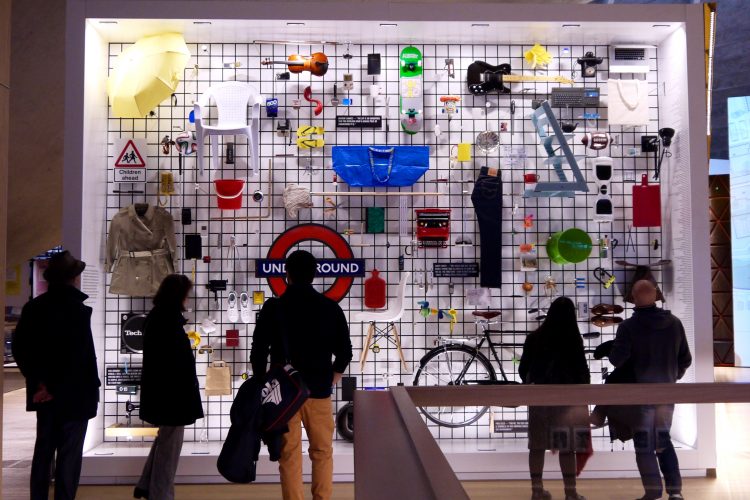
The British architect Denys Lasdun said the role of an architect isn’t to give the client what he wants, but to give him something he never dreamt possible. Perhaps you can’t do that with crowdsourcing. But it is important to get the opinion of the crowd because as users we have an important voice. It’s a balance between the two.
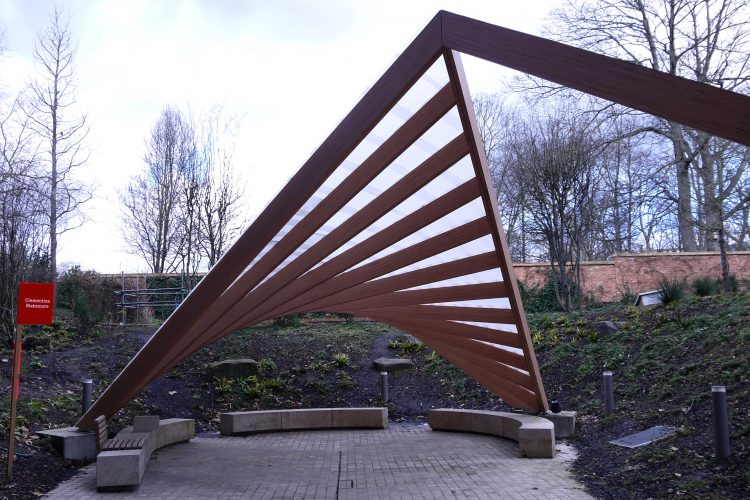
In 2013, the future was 3D printing. What is the future in 2017?
Probably machine learning, artificial intelligence and using mass data to help us navigate in increasingly complex systems. That is the next stage and we are only beginning to grasp what that means.
“Designer Maker User”, a permanent exhibition in free access, every day from 10am to 6pm, Design Museum, 224-238 Kensington High Street, London, W8 6AG
